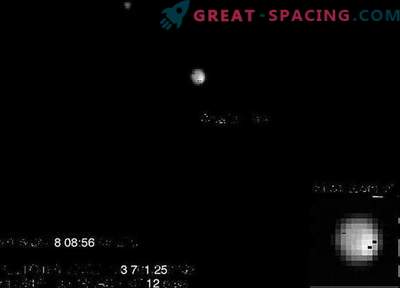
The NASA New Horizons spacecraft came out of its electronic sleep on Saturday evening to begin preparations for the long-awaited exploration of the dwarf planet Pluto and its neighbors in the Kuiper belt.
The Johns Hopkins ground control team at the Applied Physics Laboratory in Maryland received a radio signal at 9:30 pm. This fact confirmed that the spacecraft had awakened from electronic sleep after the start of its journey in 2006.
"This is indeed a very epic journey," lead researcher Alan Stern told reporters at a meeting of the American Astronomical Society last month.
“The New Horizons mission spent a total of 1,873 days in sleep mode,” said flight operations manager Alice Bowman.
The team now has six weeks to calibrate spacecraft instruments, test software, prepare recorders, and test other systems before the main phase of the study begins on January 15th. The spacecraft fits the closest approach to Pluto on July 14th.
Pluto, which was considered a planet by the time New Horizons launched its mission, is now known as a dwarf planet, one of thousands located beyond the orbit of Neptune in the unexplored Kuiper Belt.
Scientists believe that the building blocks of planets are located in the Kuiper Belt. New Horizons will be the first spacecraft to explore Pluto.
"Our knowledge of Pluto is very poor ... even despite our modern technologies," Stern added. "New Horizons will write a textbook on the system of Pluto and Kuiper Belts."











































